I don’t fish- I hunt…trout that is! Every step I take into my secret little world on my tiny spring creeks in the national forest down my road, is a spiritual hallowed journey of learning and reverence. Each wild brown trout I catch in these historic icy- cold, skinny waters, teaches me something-even in the tiniest most subtle ways. Each trout hunted and fooled is a special reward and offers a window into a prefect natural world of the beautiful yet savage prey and predator relationships that I must continually be at awe with. This comes no natter how much I know, or how many books and articles I have written and attempt to be an expert on. Each wild that refuses my offerings exposes my ignorance and shortcomings, and is a window into another realm and layer of their survival. They also expose the ruts that I sometimes find myself in thinking that I know everything about them. Its uncanny how often advanced fly fishers have the curse of the blind arrogance from thinking you have all the answers to all the various scenarios you will encounter in your adventures. If we can’t accept that we still have much to learn about every different facet of the wild trout’s magical world then we should not be on their holy waters. The beauty and joy of the adventure is in the process. Nothing holds more true than exploring tiny wild trout streams.

Big river trout fishing doesn’t teach you much about how a trout goes about its daily existence other than perfecting your casting skills and presentation -especially when you fish out of a boat. However stalking selective trout on the giant spring-creek like flats of the Missouri, Delaware, and Muskegon requires a PhD in presentation, precision, timing of the rise forms, and how to set your boat or your wading stance up for the presentations. Yet often when fishing out of a boat it can be about as difficult as going thru drive-thru fast food. As for the tiny creek trout hunter game, it teaches you everything when you immerse yourself into their natural world as a predator, stalking stealthily in every step, not to sound the alarm and blend in to the natural harmony – something we as modern humans have lost in our skills of which our Cro-Magnon and Neanderthals hunting and foraging ancestors possessed so efficiently. Also, the health benefits of wading streams and stalking through the forests have tremendous cardio and muscular fitness benefits we cant get enough of of in our modern age of convenience. We lose muscle mass as we get older and thus going into the forest and on hoof really gets all the parts of the body and our sense of balance working at a high primal rate.
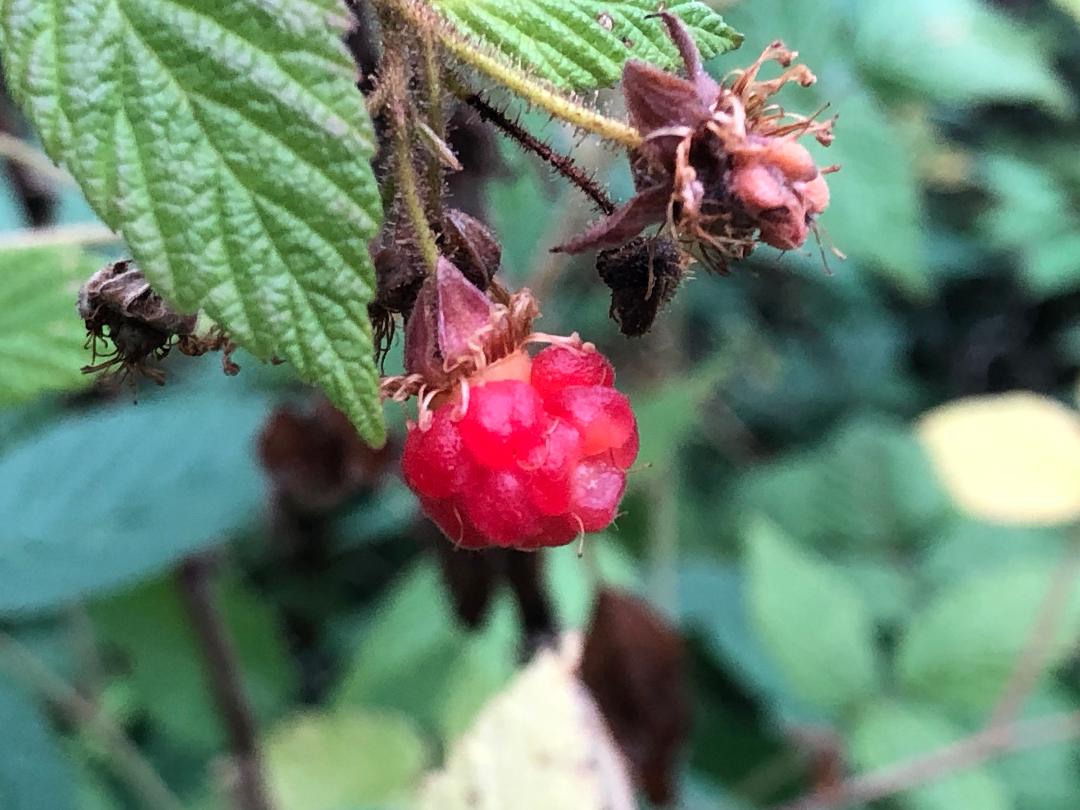

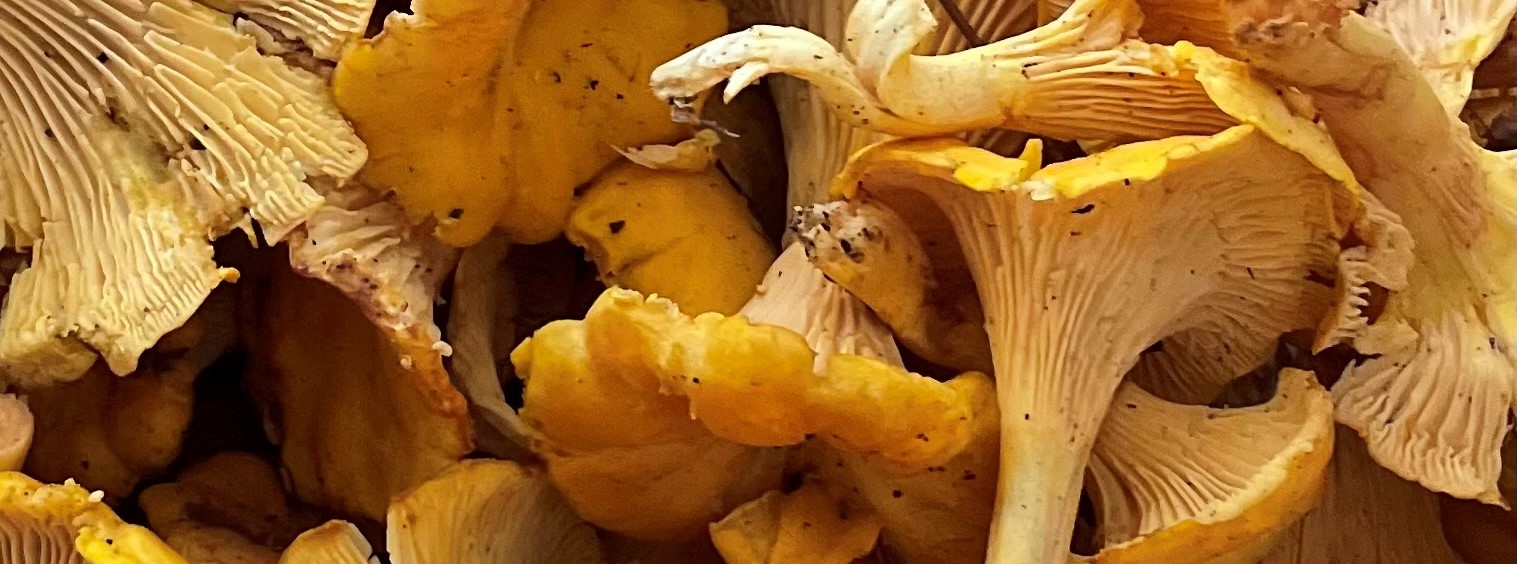
Walking and wading quietly like a heron stalking a tiny forested spring creek is like a soothing mantra. You feel as wild as the environs you are in as you go crouching, hiding carefully behind trees and boulders, watching every step as you body vault over deadfall trees and dense brush making each wild trout earned-regardless of size, so much more special. More so, the casting of a fly rod in tight overhanging tree and tag alder cover is sometimes next to impossible to execute. It causes you to be creative with your casting angles, planes and strokes, roll casts and tiny one handed spey snap T’s; to bow and arrow casts and dapping, as you lay on your stomach or on your knees to get the right cast. Not only must the cast be perfect and flawless, but on my vodka-clear spring creek, having the right fly and figuring out what the trout’s locked-in trigger focus is keyed in on as to form, size and shape to fool the wild, is the trick. But also having the space to accomplish all this in is the ultimate challenge.
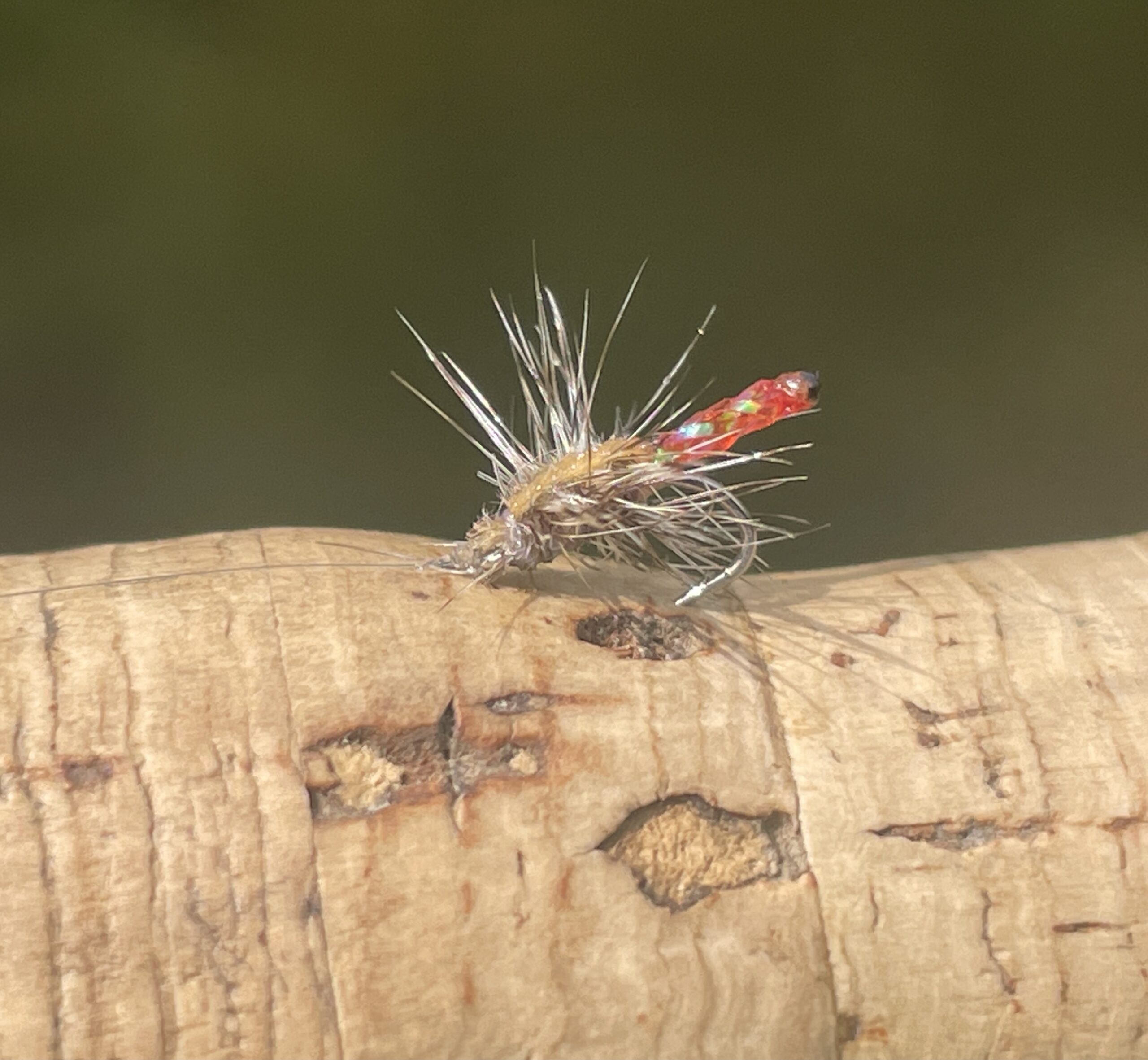
The absolutely beautiful little 8 inch wild brown I caught and stalked pictured in this piece above gave me everything I ever wanted as a trout bum addict loving to decipher every challenge presented with. It taught me that the process is still sacred and is not in a hurry to reveal itself. First off, it perfectly lived up to the 10 minute rule that tiny streams and extremely wild trout in their feral environments enforces on an angler to obey on delicate tiny spring creeks. I’ve found that rule to hold true regardless of the section of water you fish on my little jewel. Thus when you move about you must rest the water and be still for about 10 minutes before casting- sounds bizarre but it is so uncannily true here. You could swear there isn’t a trout to be found until everything is still and natural and the trout start to reveal themselves to you. Therefore you find a streamside log or bank you can sit on, one that is close to your casting area, smoke a cigar or replenish your fluids, and wait and observe- and then it comes- a little dimple or splashy rise , a subtle flash of a nymphing fish, all telling you have been accepted into this delicate natural world.

My excursion for that morning began in the upper headwaters where the water was an icy 48F on a hot July day. The Tricos have just started to hatch in the lower warmer sections. But the upper spring creek is ice in comparison and the hatches are running later. My first stop when I step into the stream is usually at the deadfall Cedar that lays over the water with its dead branches acting like a rake and being a haven for spider webs. Its web catch is my barometer for what is hatching. Though I know the stream’s bugs like a good Catholic boy that knows the Our Father, Hail Mary and Glory Be backwards, each year with droughts, heatwaves and fluctuating weather, they vary in emergence and timing. As I approached a familiar section of the stream with a gorgeous little pool next to a huge Sycamore tree, I was disappointed as the huge Sycamore fell over the pool and the trunk laid slanted at a 45 degree angle. It totally screwed up the ability for me to make casts to the primary feeding lies in that pool based on my previous visits. Thus I sat and gave the pool the ten minute rule and waited and plotted the new attack plan.
As I waited completely still it came – my 8 inch prince revealed his appearance. The only bugs that were in the spider webs were tiny cream midges. And in my experience on this creek if your fly choice isn’t in the biological hatch matching portfolio for that week, those fish will not look at anything else- not even a juicy attractor fly you would think. The prince’s rise wasn’t steady but nevertheless the fish rose several times. I then attempted a sidearm cast over the left shoulder trying to go under the tree with my WMD cream #20 midge. But no go!- the fish was tucked perfectly under the tree’s trunk and that trout’s restaurant seat was not going to be infringed upon.

When I did a classic Hallowed Waters Podcast with Dr Bob Bachman on brown trout and their life survival strategies/ misconceptions etc., he always mentioned the “best seat in the restaurant” niche that a wild feeding trout will always choose to occupy. It is there that the flow and streambed contour merge together to provide that ideal feeding lie a trout cannot refuse. This trout was in it and was at the prefect surface feeding depth and contour of the riverbend for current deflection and cover of the tree trunk that just spelled perfect to that wild-a wild trout that has honed to perfection all these metabolic balancing act factors. Just then I saw a good fish slash at something further up the pool- a terrestrial or quickly emerging caddis; or mayfly perhaps, in this best seat in restaurant for these “sit and wait predators”. Someday just try to leave your rod in the car. Set up a strategic point from a low tree or behind one and watch a trout feed. Watch its movement in for its rejections, its inspections, as it says yes- or it quickly and often says no even to the natural food offerings. Everything in its foraging paradigms must be just right.

As I proceeded to slowly straddle the tree to get to the fish I saw rise further upstream, since the one under the tree was an untouchable ,I decided to sit with the giant tree trunk between my legs and rest. I sat for a long time totally still. To my surprise the trout that was tucked into the best seat in the pool under the log began to feed again, as it sensed security from my stillness. It literally began its feeding to something so small and hidden I could not tell despite being a minutia expert with Tricos. I tied on a #24 WMD cream midge since I saw tiny midges in the spider web. Literally dapping the rod with a tight roll cast, I sent the midge to the surface above the feeding position and skittered it followed by a dead drift. Bang!- the beauty took the offering with a vengeance and fought tremendously hard on my 2-weight vintage Scott G series rod.
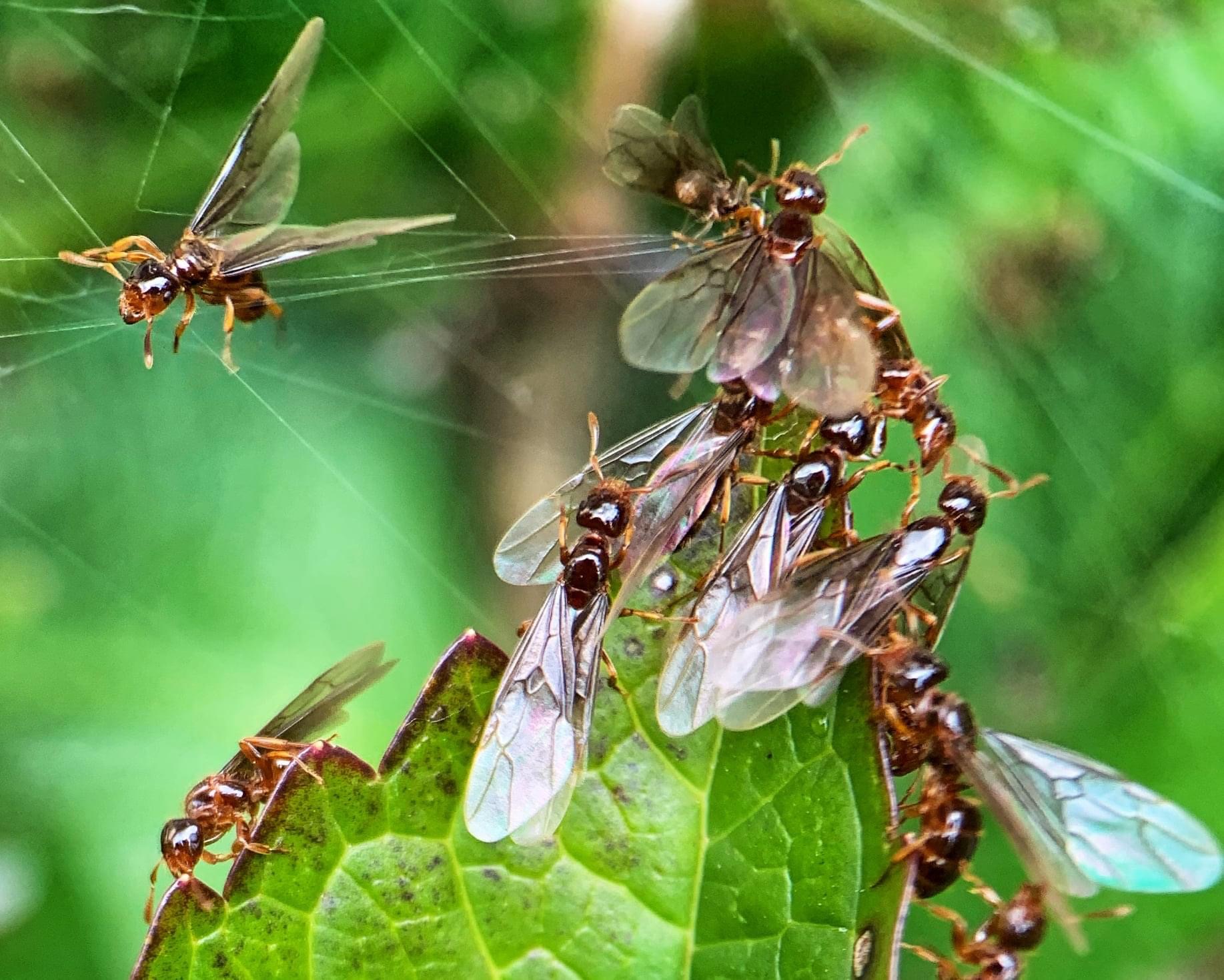
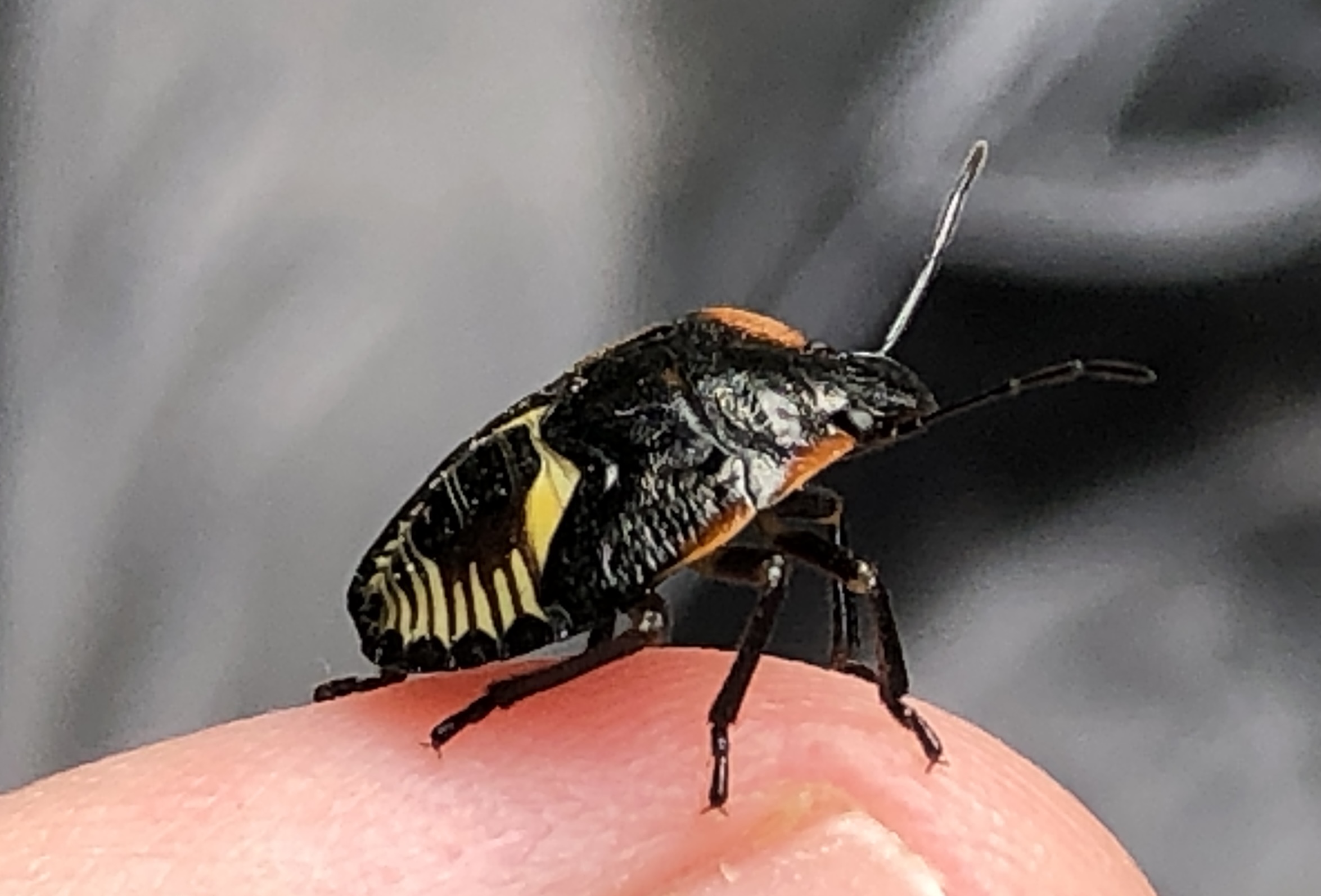
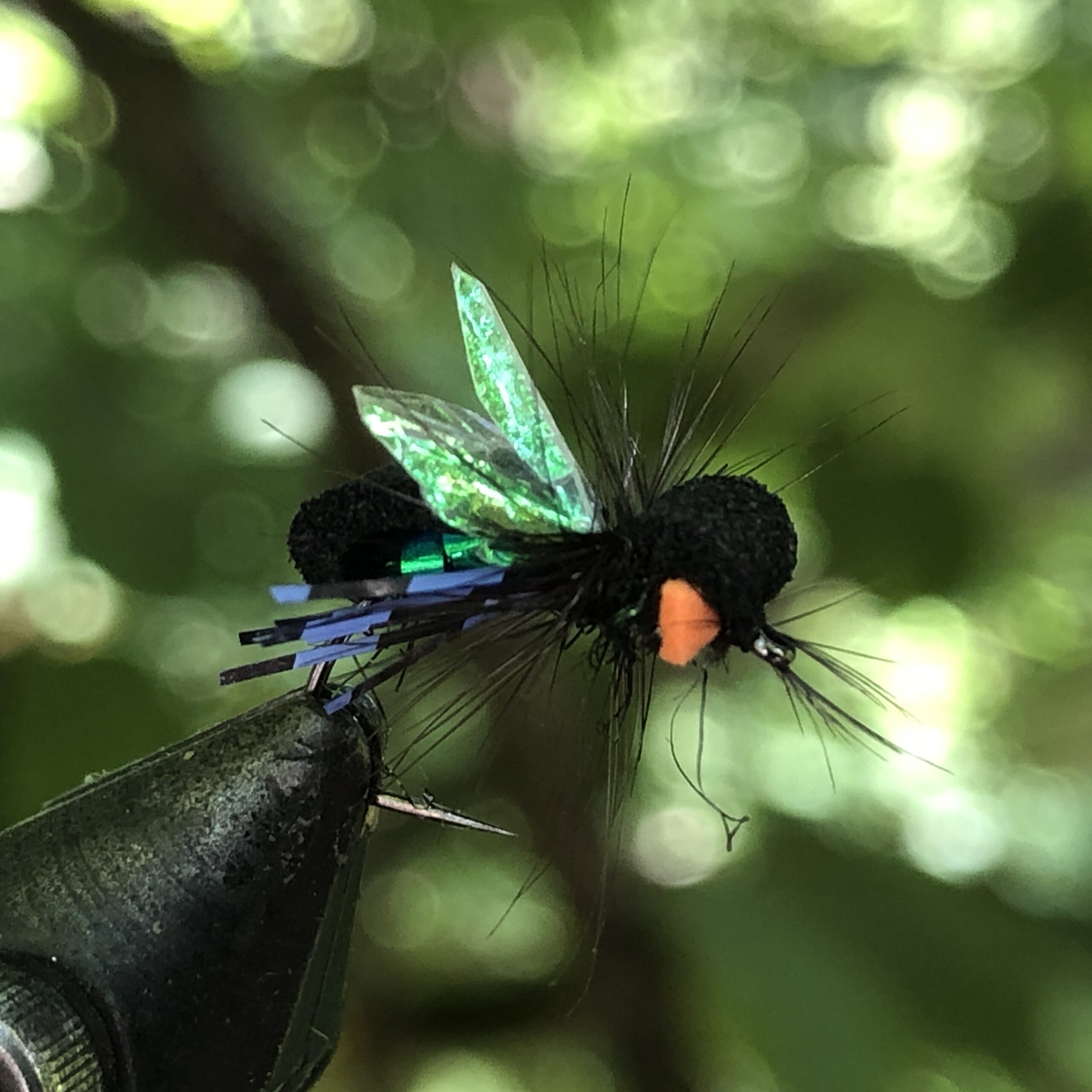
That was my story. Now its time for the trout’s story. Every time you hunt wild trout in a small spring creek the trout shares its story by its appearance if you are lucky enough to catch one. It tells you where it has been and where its ancestors are from. I love to see all the talk on social media about misconceptions, speculations and theories of which fish is wild, which one isn’t and stocked, what characteristics of its morphology tells you that story. First off, my grand little specimen surprisingly leaped 3 times very high in the air for an 8 inch brown ( remember brown trout dont jump! ) and thoroughly thought it was a big beast of a brown or its cousin an Atlantic salmon . The linage is so strong here that at parr stages both species behave and look identical- you cant differentiate an Atlantic salmon parr from a brown trout as it takes a trained eye to do so. I continuously find very young wild brown trout parr to be some of the finest and feistiest trout I have ever caught. Their aggressive personalities and verve push their physical limits to heights that never ceases to amaze. Also, in these very clear tiny spring creeks the selectivity of an 8 inch brown is extraordinary.
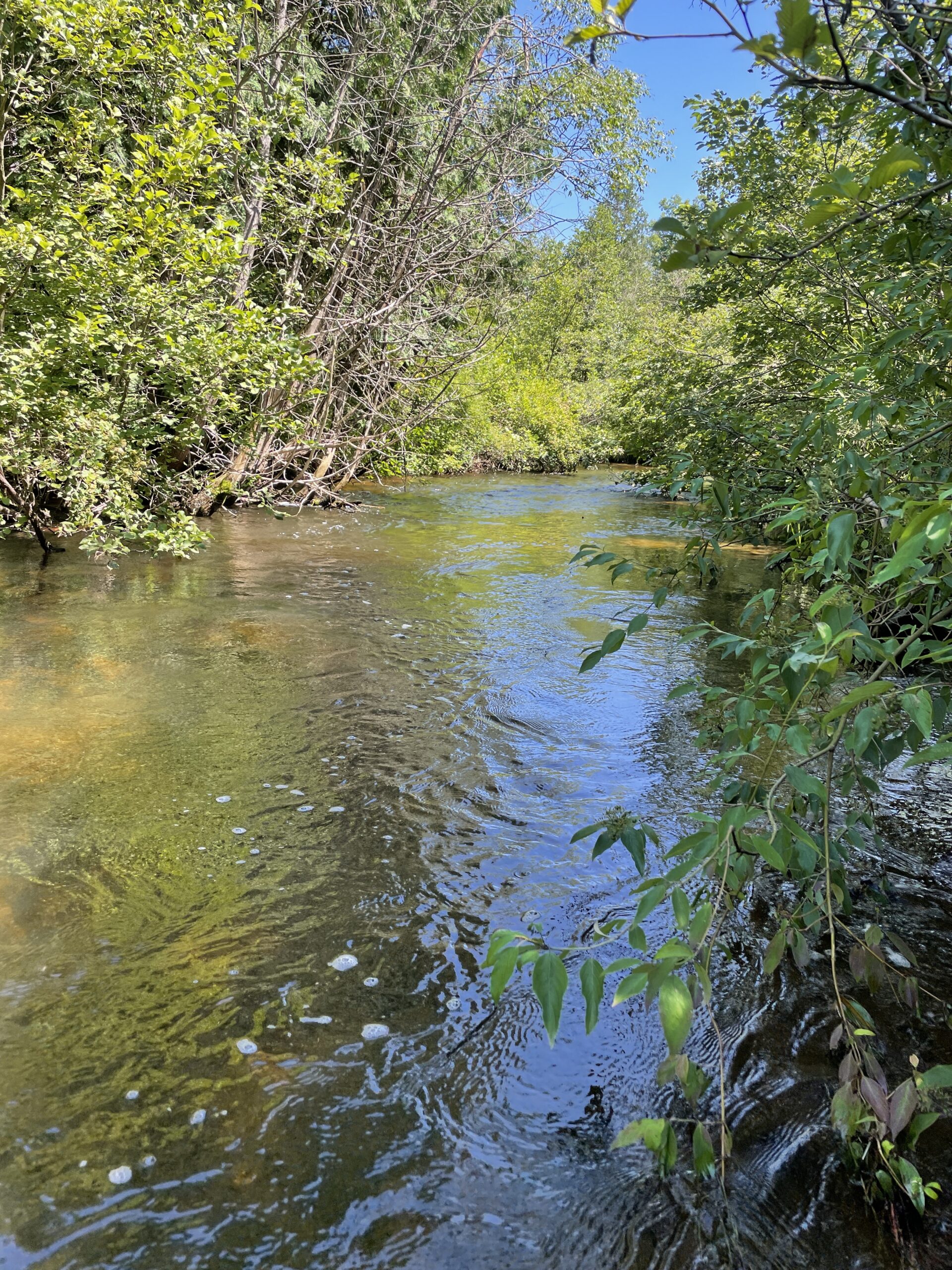
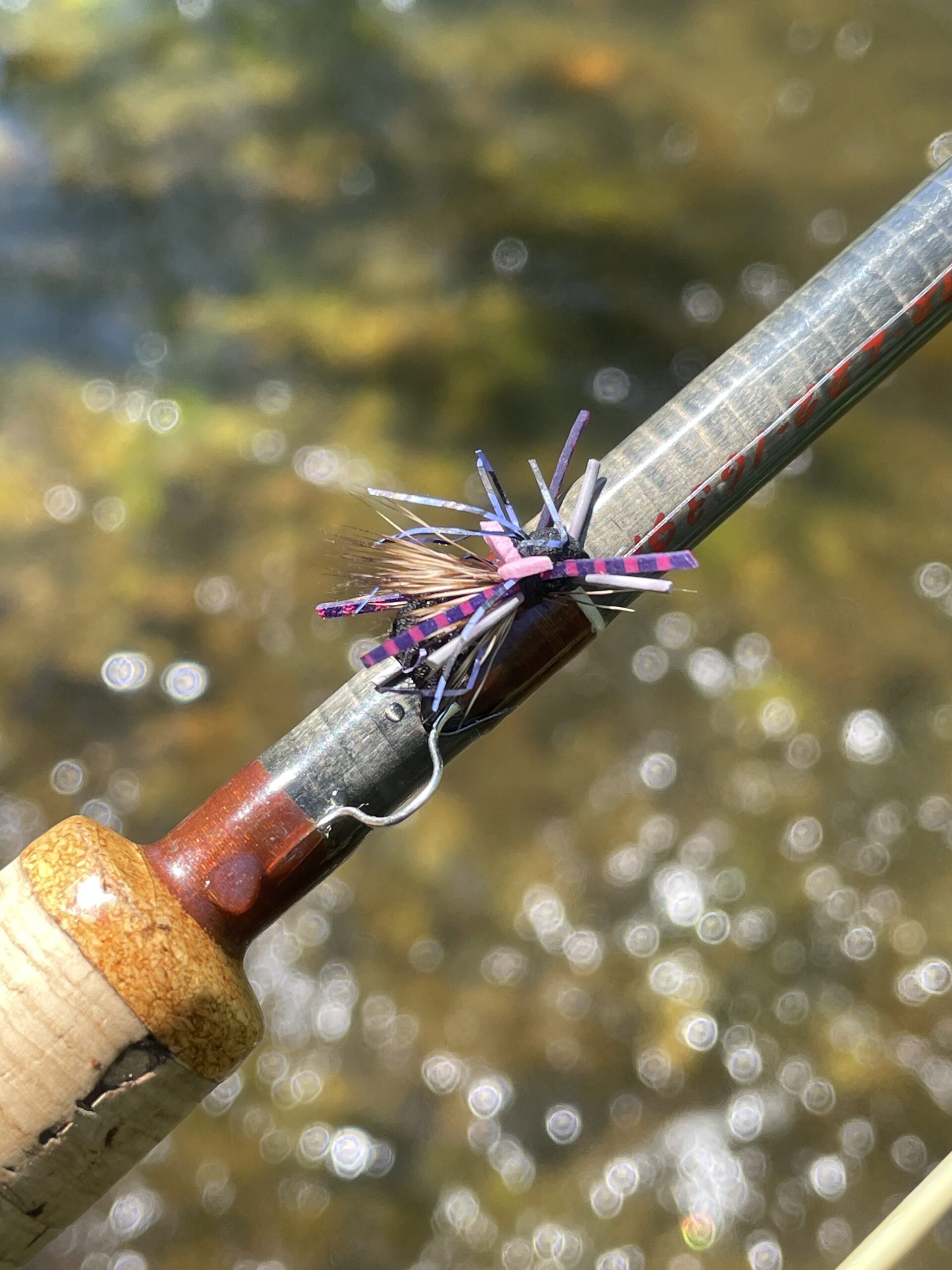
The wild brook trout of this stream will take searching and suggestive patterns like a tiny Royal Coachman and foam attractor terrestrials. But the wild browns in this creek will only take the real deal biological drift- things that are truly hatching/falling from land and in the trout’s schematic repertoire. They cannot be bothered to make poor choices for anything that isn’t real or in their repertoire of feeding. I continuously try to offer the attractor stuff they should eat- but they don’t bite here. Their usual response is a “fly-by”, where they come totally out of water aggressively trying to take the pattern but refuse it since you never feel a tug. A bigger brown on the hunt for more substantive food will take a more varied diet of flies and choices when it needs to feed- but not these very efficient young year-class browns. If they get fixated on midges or Tricos they will be hard wired to them- rarely for do they make exceptions. Or when flying ants or micro bwo’s start its the exact scenario of fixating to just those search forms. The youthful brownie has a strong verve to survive born out of dodging avian and other predators and will not become another meal or make a mistake if it can help it-if it does and survives it learns very quickly. I can depend on the fact that if I catch a young brown and release it into its pool or run it has adopted the next time I cast there and if that fish shows I will surely get a splashing refusal to my offering-they learn quick!
Next is its magnificent morphology that tells of its lineage. After writing my treatise: “The Brown Trout-Atlantic Salmon Nexus” book I have been a fond student of their spotting and historical genealogical trace. The streams I fish are pure “ground zero waters” of that epic 1884 train ride on the Pere Marquette Railroad in April when the first batches in milk canisters of German browns were stocked as fingerling in the Western Hemisphere. They were dropped from train bridges in several creeks in the Huron-Manistee forest. I have since been to Germany and fished the tiny brooks in the Black Forest and the wider valley spring creeks of the Wiesent River, where a bulk of the first genetic batches came from. The similarities are perfect as the red spotting is bright red with white circles and are spread geometrically unique along the lateral line. In my spring creek they all tend to have a star shaped sequence of red dots in the torso section. Also, the red dots are doubling and even tripling in a connection that is a unique genetic variation to my little stream- it is also possible others are seeing this variation with their brown trout wild genetic stocks. The bright magenta red adipose and dorsal fins are always present. But one variation is the blue topaz cheek dot that is so characteristic of browns and Atlantic salmon worldwide. On this little stream the trout spends a good majority of their time hidden in the undercut banks and lunker structure built by the US forest service. The darker cheek spot is often indictive of where they spend a good deal of their time in cover being photophobic by nature. A friend from Scotland: John Hood, also notices this in his Scottish browns. However when you catch wild browns with predominantly brown spots and no red ones these fish are from Scottish Loch Leven stock. When you catch ones that have a strong mix of both brown and red spotting you have caught a trout with genetic lineage to both strains mixed over the century and a half.
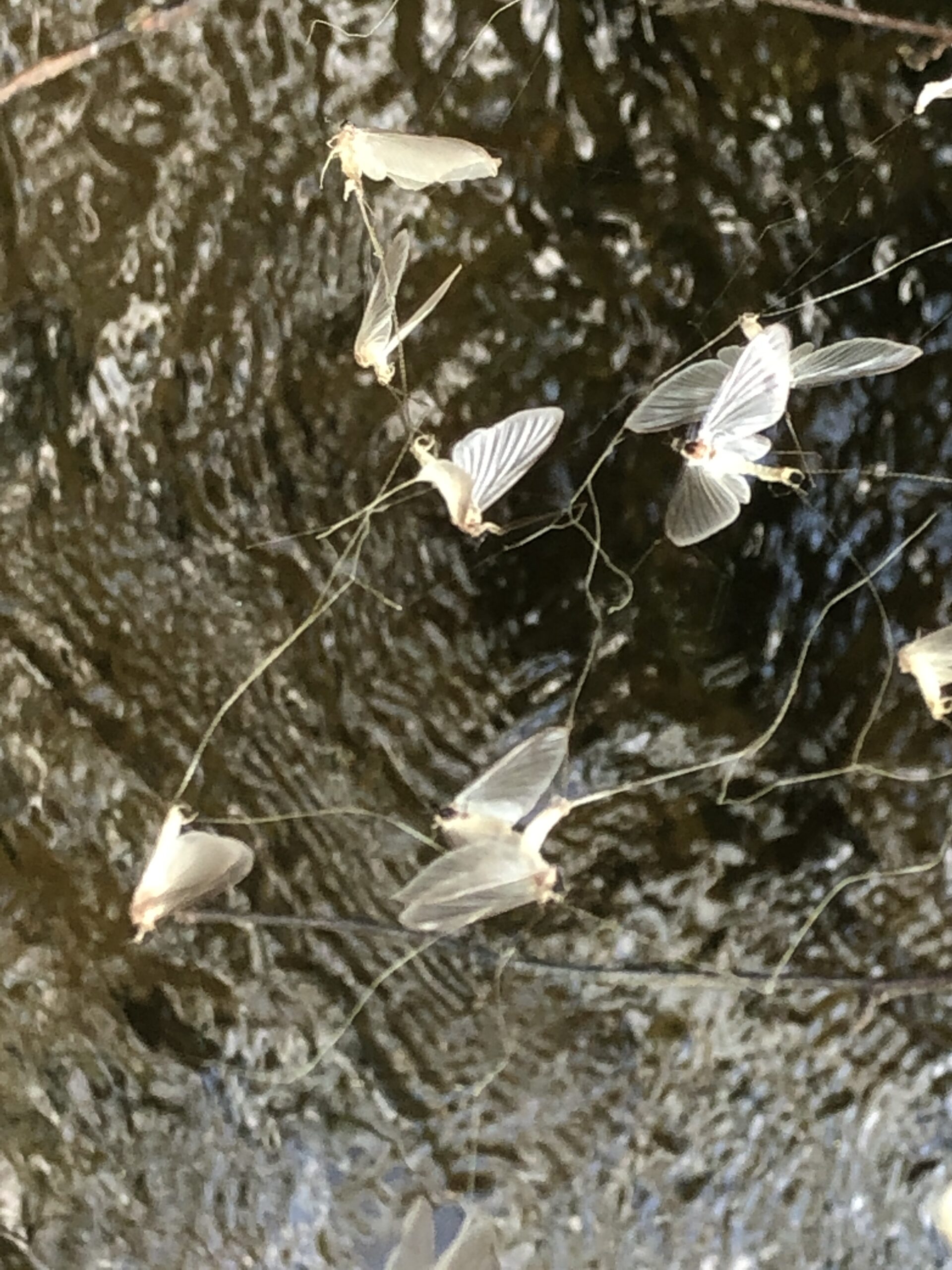
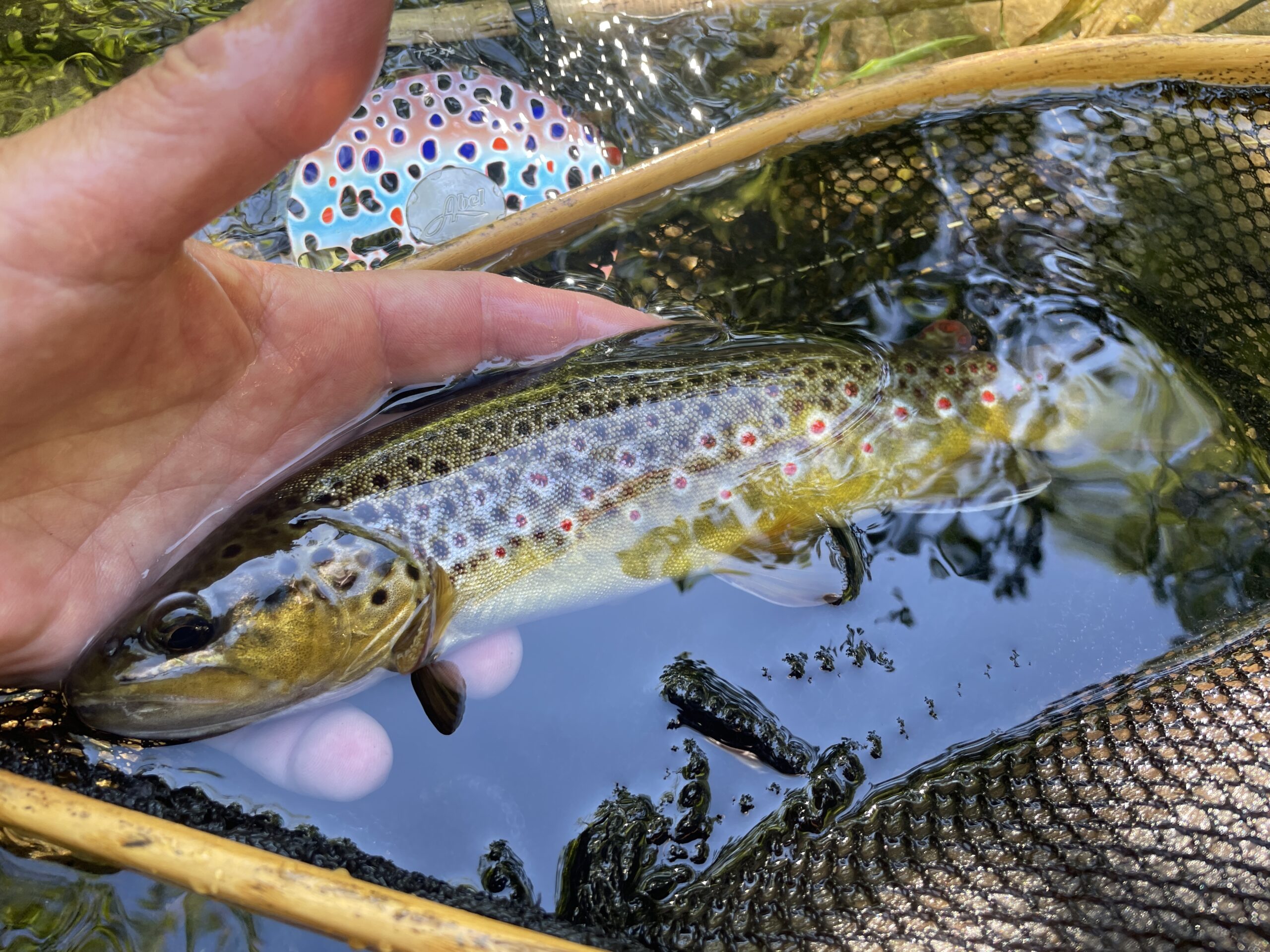
Thus goes my story about my little wild brown trout that grace my net and test my trout hunter skills to the limits. When I am fortunate to fool and capture them I worship each and every catch I make on these tiny hallowed waters- since you have to earn every fish. Though there are no such things as secrets and secret places in the world of fishing today, my secret place, though others know of its existence, still feels secret to me. I rarely see anyone fishing it besides the rare and occasional worm or spinner fisherman, since its fly casting opportunities must be perfected by the dense cover and the good amount of hiking you will have to do to get into the forest. These blue ribbon tiny streams are closed to fishing for almost seven months of the year, to protect the wild trout populations through spawning and winter stress and vulnerability. These small stream opportunities only force your abilities to make tricky casts and figure a way to present a fly creatively. Thus these obstacles weed-out the average fisher and its super selective wild trout further adds to the culling of the masses. Thus if you want a challenge and a diversity agenda to your fly portfolio these creeks will do it!- plus give you one hell of a workout and sweat that we all need more of in the summertime as we cling to air conditioning and indoors. They are nature’s way of curing insomnia and sleepless nights.
I look at each adventure on these waters as an honored invitation by these trout that are so masterfully tuned into their survival of the fittest life strategies. Spending a morning on these hallowed waters exploring new and past venues, picking wild berries and watching birds, as you see beavers creating more big trout condos is a total wildlife experience. ( beavers never rarely dam up my little spring creek due to its very narrow flows that usually wash then out pretty fast) But if they do succeed the water is so icy cold it just creates stream ponds where the brookies and browns feed to minutiae all day and become selective as hell!- (author’s opinion: I know others hate beaver dams! ) I also see avian predators: eagles, ospreys, which I have a love/hate relationship with because they kill and pick-off my surface feeding wild trout, thus teaching them to stay down. I love sight nymphing, but the summertime is for the dry fly and the beauty of the surface take- what fly fishing is all about! I occasionally see my black bear friends, foxes, tons of rabbits in the summertime, and the occasional cougar , which now are more prevalent in the lower peninsula than ever before. These are all icings on the cake to the beautiful wild trout when we revel in the simplicity and natural perfection of their savage and unforgiving existence -all this an honor bestowed on the those patient and willing to explore. We are only guests here in their secret world.
Matthew Supinski
Author’s Note- Hallowed Waters Trout Bum Chronicles : Laurie is feverishly working on designing and laying out my new series of hard glossy anthology books called “Hallowed Waters-Trout Bum Chronicles'” also: “Hallowed Waters-Steelhead and Atlantic Salmon Chronicles” In addition, in the process of working up another special book project that so, so many have been requesting from me for decades- it may be something to do with eating and our chefing skills – stay tuned!
Hallowed Waters Podcasts– https://podcasts.apple.com/us/podcast/hallowed-waters/id1606667042
We are back August 1st!- with a whole new year of great iconic podcasts- coning up! :
Episode_32 A Women’s Fly Fishing Passion- Guest: Jen Ripple- The Genesis/ Lore/ Legacies /Stigmas/Discrimination in the Female Journey of Fly Fishing for Trout and Atlantic Salmon around the Globe
From the genesis of fly fishing for trout and salmon started by Dame Juliana and her nuns at Sopwell, England in the late 1400’s ; to today’s amazing journey and legacies by some of the most talented ladies in fly fishing history- including the likes of royals like Queens Victoria and Elizabeth ; to the modern masters of Joan Wulff and the many new and forever emerging versatile female talents of angling, guiding, casting, fly tying, artistry and environmentalist activism- Join podcast host: Matthew Supinski and his charming and knowledgeable historian/[publisher guest: Jen Ripple, as they take you on a 3 hour journey to bring you an unprecedented documentary of these masterful female talents. They discuss all the trials and tribulations women have had to endure to gain respect and recognition in their suffragette struggle to be acknowledged and recognized in a male dominated and elite world of fly fishing- dont miss this one!